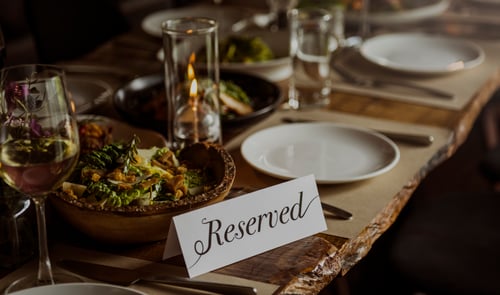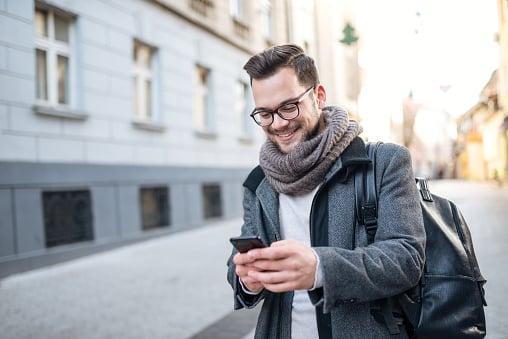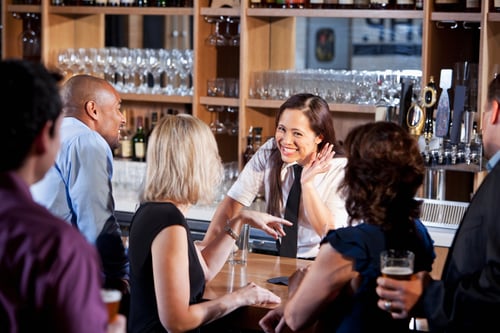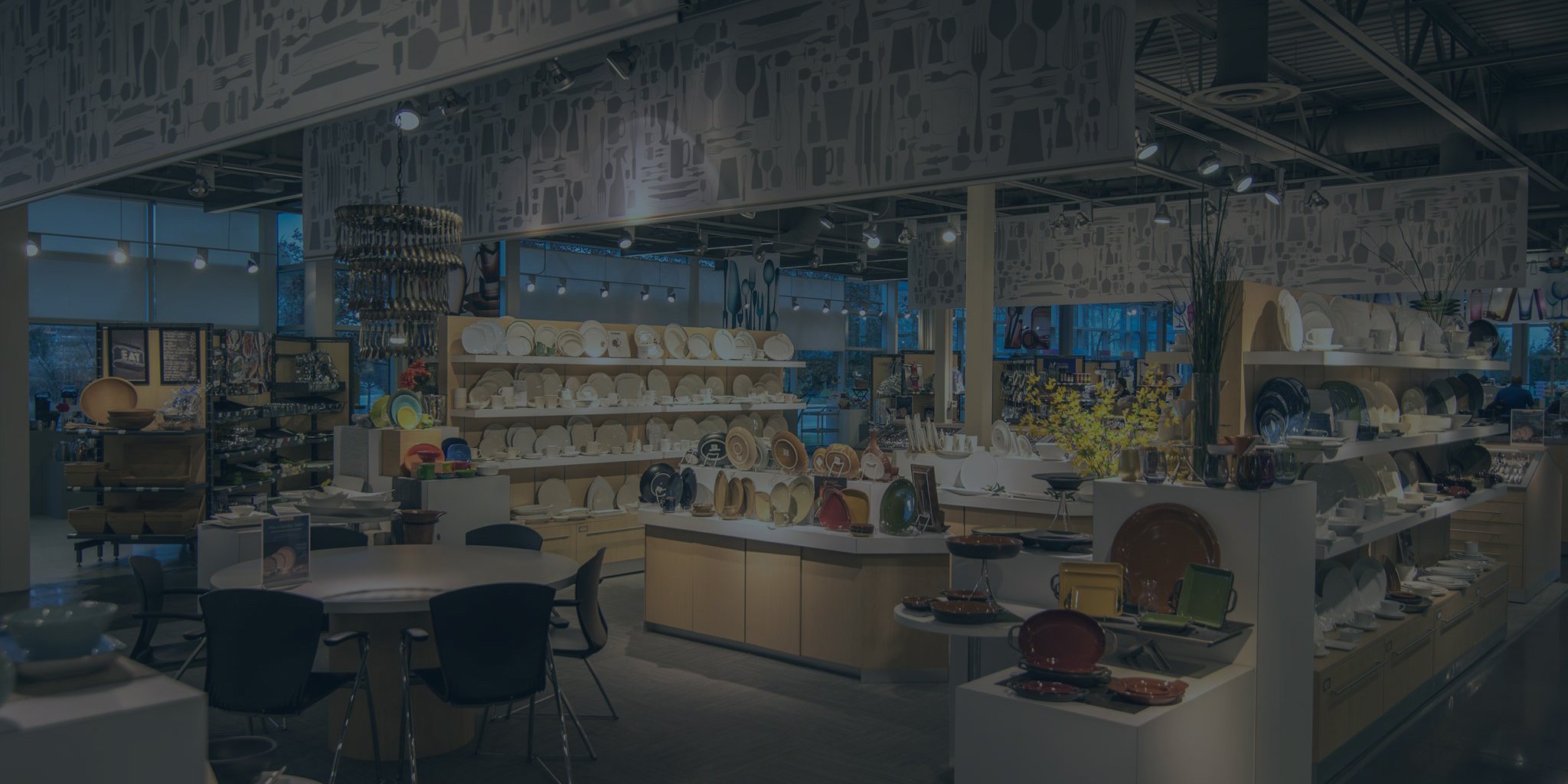With the arrival of spring comes the two biggest days for dining reservations: Mother's Day and Valentine's Day. But should your restaurant offer reservations? If so, what type? Here, we discuss some of the factors that go into choosing the perfect table management method for your venue.

Traditional reservations
Susan calls and asks for a table for 2 at 7:30 pm. Your host informs her that there are no tables at that time, "but would 8:00 pm work?" Susan agrees and arranges to eat a little later than expected.
This method gives the chance for a positive first interaction with a customer, which creates a memorable and personalized end-to-end experience. Unlike online bookers, diners that speak to a real, live person from your hosting staff are more likely to keep their reservation. Plus, you can subtly control traffic by suggesting tables at a slow time.
However, this system can be a big drain on staff time. Not to mention unless you have someone dedicated to answering the phone, during busy times, a call may not even be answered or heard. Overbooking limits walk-ins and could create unhappy customers. And for many diners, browsing on their phone or computer just seems simpler.
Overall, taking reservations the old-fashioned way may be best for small-scale operations and/or exclusive hotspots with high customer service expectations.
Online/mobile reservations
Brett gets a text asking him to arrange Saturday's dinner plans. He scrolls through a third-party service but ultimately opens the app for his favorite local joint and books a table with a few clicks.

This method has huge appeal for the tech-savvy customer. Third-party systems get your name (and menu) in front of new eyes. You can also get timely predictions of crowds for staffing, inventory and revenue projection purposes. Digital reservations eliminate the need for a dedicated staff person and allow diners to book 24/7, even when your doors are closed.
Unfortunately, technology creates a feeling of anonymity, meaning that there's a higher likelihood of a no-show; if that's the case, try these tactics from the National Restaurant Association. Diners that prefer to book through your site or app will be discouraged by a poorly-designed interface. And technology has a decidedly less high-class feel than a personal interaction with staff.
Online or mobile reservations could be a great option if your clientele is the younger, more casual crowd. If you don't have the budget or capability to host a top-notch reservation platform, third-party might be the way to go.
Make sure your reservation system syncs up with your mobile app! Don't have an app? You might be interested in Boelter Blue, a custom mobile solution designed to help you attract (and keep) customers. If you're ready to boost your traffic now, let's get started.
No reservations
Melissa's coworker recommended a trendy new place, so she goes to check it out after work. Sure, she had to spend an hour sipping cocktails, but she finally landed a table at the hottest spot in town.
Not taking reservations gives potential diners a lot of freedom, which is a relief for spontaneous types. If you've got bustling crowds throughout the night, it can create a lively atmosphere and label your restaurant as in-demand. Plus, diners waiting at the bar offer another source of revenue.

The biggest downside to eliminating all reservations is lacking control and knowledge of your dining traffic. Long waits might be unwelcome if the perceived value of the experience doesn't match up. And you might lose the interest of people who are on a tight schedule, like show-goers.
This method is best if you have consistent, predictable traffic. Or maybe you run a mega-casual joint where reservations would feel "stuffy," and walking in suits your customers just fine. If you don't offer reservations, consider whether there are exceptions (large parties, certain nights/times, etc.).
Call-ahead seating
Greg just decided he wants to go out tonight, but he didn't make any reservations. He calls a nice place across town that's notorious for having a long wait. They put his name on the list, and once he arrives he only has to wait 15 minutes for a table.
Here's a middle road. There's still an element of personal service from the hosting staff, as well as a chance to spread out traffic. No-shows are no problem, because you're not actually holding tables. You get a limited prediction of crowds - but not enough to adjust your staffing schedule. Diners might feel they can be a little spontaneous without having to wait all night for a table.
If you choose this route, be very clear about your policies to all diners. A study from Cornell University showed that diners viewed this as one of the fairest waitlist systems for restaurants that don't take reservations, but the perceived fairness skyrocketed when diners were more familiar with the policy.
Other trends
A few alternative methods have popped up recently. Ticketed reservations, similar to requesting the beef for a catered wedding, are gaining in popularity. There's a controversial trend emerging of asking diners to pay extra for a hot reservation, which has been met with trepidation. Or, you could really go the old-fashioned way and ask diners to mail their reservation requests on a postcard, like The Lost Kitchen did in 2018.
Whatever you choose, make sure your customers are familiar with your policies and know what to do. That way, they'll be clamoring for a table.
.jpg?width=192&name=BLT_Only_Logo_Black%20(19).jpg)


